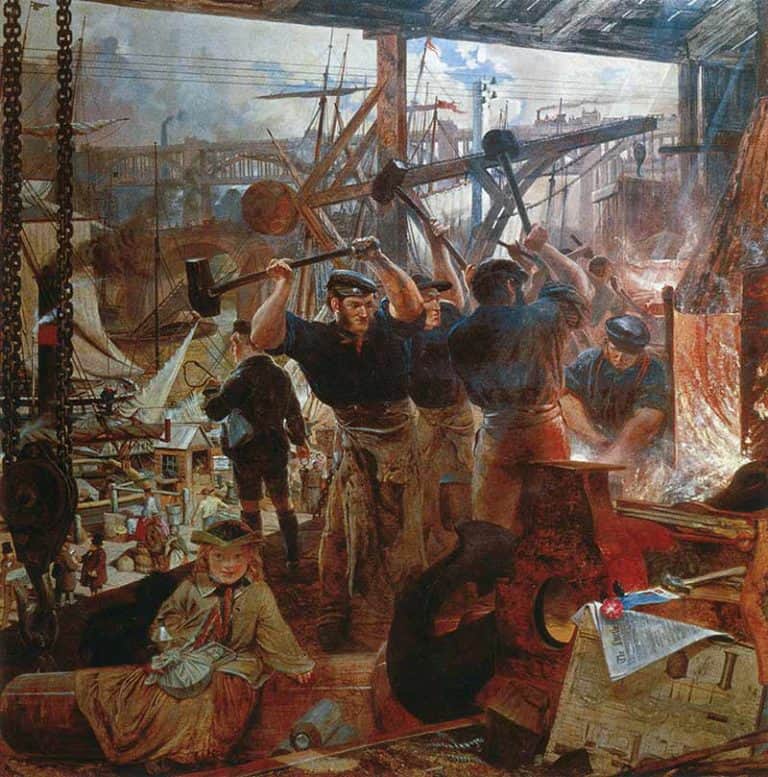Modern Thermodynamics

The field of thermodynamics is the underlying science of energy. The word thermodynamics itself reveals its component parts.

Energy contained in fuels such as coal, oil, wood, or gas can be converted into useful functions such as mechanical work for moving a car or crushing rock and can be used for thermal activities such as warming and cooking. But, before that energy in the fuels can be harnessed, it must be transformed. These transformations are governed by the laws of thermodynamics. While these fuels enable useful services, they also cause pollution and waste.
The laws of thermodynamics provide the key scientific principles or physical laws by which society harnesses (and wastes) energy. The science of thermodynamics developed in the 1800s from the desire to increase the performance of early steam engines. These engines were increasingly valuable in Britain just after the Industrial Revolution because they provided mechanical power at factories and mills.

The development of more efficient steam engines benefited from the emergence of the scientific method. Inventors and scientists tested hypotheses against empirical evidence, leading to a truly scientific understanding of the phenomena they witnessed. As factory workers and inventors developed iterative models of early engines, early scientists, such as Thompson, Carnot, Watt, and Joule, began to generalize evidence from the field into theory, producing the laws of thermodynamics.

As prominent science historian Bruce Hunt noted, it is not clear who helped whom the most. While the modern paradigm for innovation suggests that discoveries in the lab lead to better engineering design in the field, the historical relationship of thermodynamics and the steam engine may be reversed. Rather than going from fundamental science to a better engine, the tinkerers inventing and improving engines in mines and factories advanced the science of thermodynamics more than the theoretical scientists improved the engines. Engineers converted heat into motion before scientific theory could explain the phenomenon.
Image Credits: Baptist/Shutterstock.com; Jeffrey M. Phillips/Webber Energy Group.


